Apple iPad mini: Need to know
All the key details of the 7.9in iOS tablet.
So the worst kept Apple secret, since at least the iPhone 5, has finally been unveiled in the form of the iPad mini.
Seen as a cross between an iPhone 4S and iPad 2, the iPad mini is being launched to coincide with the release of Windows 8, and is likely to attract users who may have found existing iPad devices too expensive.
Although cheaper than its larger siblings, the iPad mini isn't as cheap as its Android rivals such as the Google Nexus 7 and Amazon Kindle Fire HD. The iOS 6 device comes with a starting price of 269, making it 110 more expensive. So what exactly do you get for your money?
Display and dimensions
The majority of specifications had been leaked prior to launch, including the name. However, Apple managed to keep everyone guessing about the key feature - the display.
Apple chose a 7.9in screen size, but refrained from using a Retina Display to keep the costs down for the first generation. Instead the iPad Mini packs a 1,024 x 768 resolution and has a pixel density of 168ppi.
Apple has confirmed that all 275,000 iPad specific apps will work on the mini as the aspect ratio has been unchanged.
Despite having a screen size which is 0.9ins larger than the Nexus 7 and Amazon Kindle Fire HD, the iPad Mini is considerably lighter. The iOS device weighs in at 308g, compared to 340g for the Nexus and a beefy 395g for the Fire HD.
Get the ITPro daily newsletter
Sign up today and you will receive a free copy of our Future Focus 2025 report - the leading guidance on AI, cybersecurity and other IT challenges as per 700+ senior executives
In terms of dimensions, the iPad mini has a thickness of 7.2mm, which Apple is touting as comparable to a pencil.
Processor
The iPad mini is powered by an A5 dual-core 1GHz processor, putting it up there with its rivals. RAM is unconfirmed, but is expected to be between 512MB and 1GB. With internals similar if not identical to the iPad 2, and there should be no issues in terms of performance.
Storage
Apple offers the usual internal storage options of 16GB, 32GB and 64GB. The firm backs this up with iCloud, which means you get 5GB of free cloud storage and can purchase more as and when required.
Connectivity
The iPad mini has dual-band Wi-Fi capabilities, Bluetooth 4.0 and assisted GPS. There is also the option to get an LTE (4G) model if you need to use the internet on the move. This will require a nano-SIM, and at present you'll be restricted to using the EE network for 4G.
-
 Cleo attack victim list grows as Hertz confirms customer data stolen
Cleo attack victim list grows as Hertz confirms customer data stolenNews Hertz has confirmed it suffered a data breach as a result of the Cleo zero-day vulnerability in late 2024, with the car rental giant warning that customer data was stolen.
By Ross Kelly
-
 Lateral moves in tech: Why leaders should support employee mobility
Lateral moves in tech: Why leaders should support employee mobilityIn-depth Encouraging staff to switch roles can have long-term benefits for skills in the tech sector
By Keri Allan
-
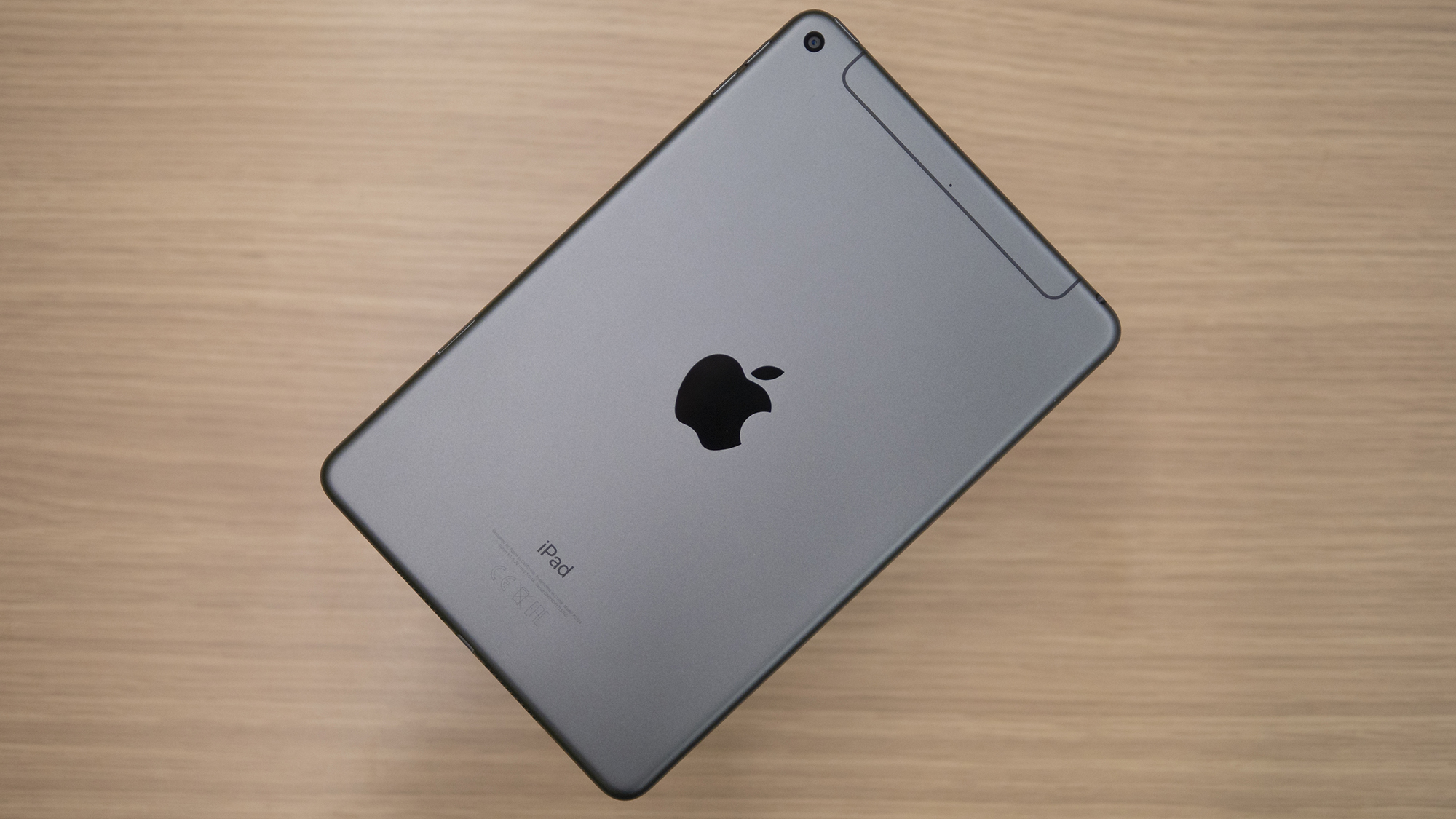
 Apple iPad mini 5 (2019) review: If it ain’t broke...
Apple iPad mini 5 (2019) review: If it ain’t broke...Reviews Almost four years on, the new iPad mini is still every bit as good as always
By Adam Shepherd
-
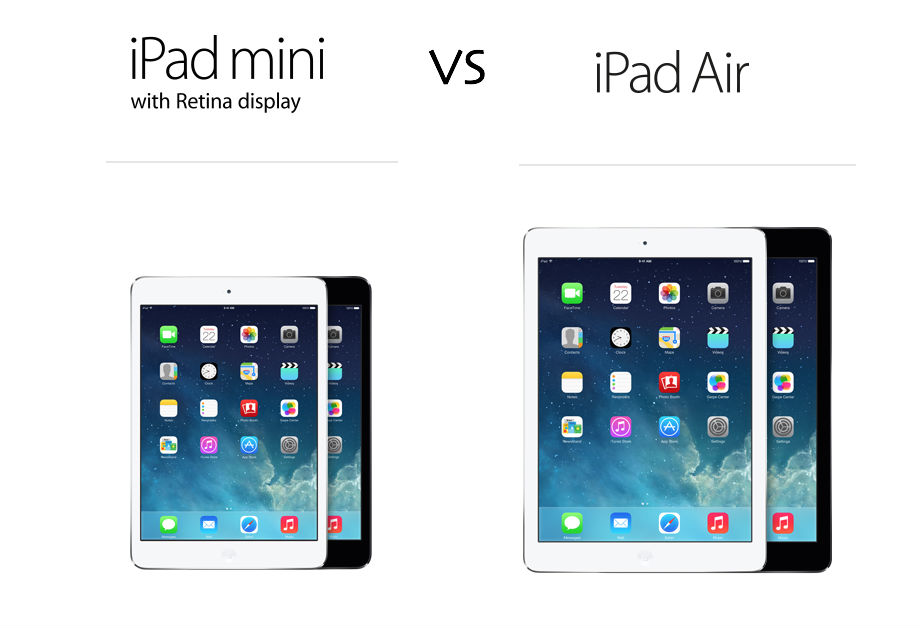 iPad Air vs. iPad Mini 2: Which is best?
iPad Air vs. iPad Mini 2: Which is best?Vs In our iPad Air vs iPad Mini 2 review, we compare specs, battery life and pricing...
By Keumars Afifi-Sabet
-
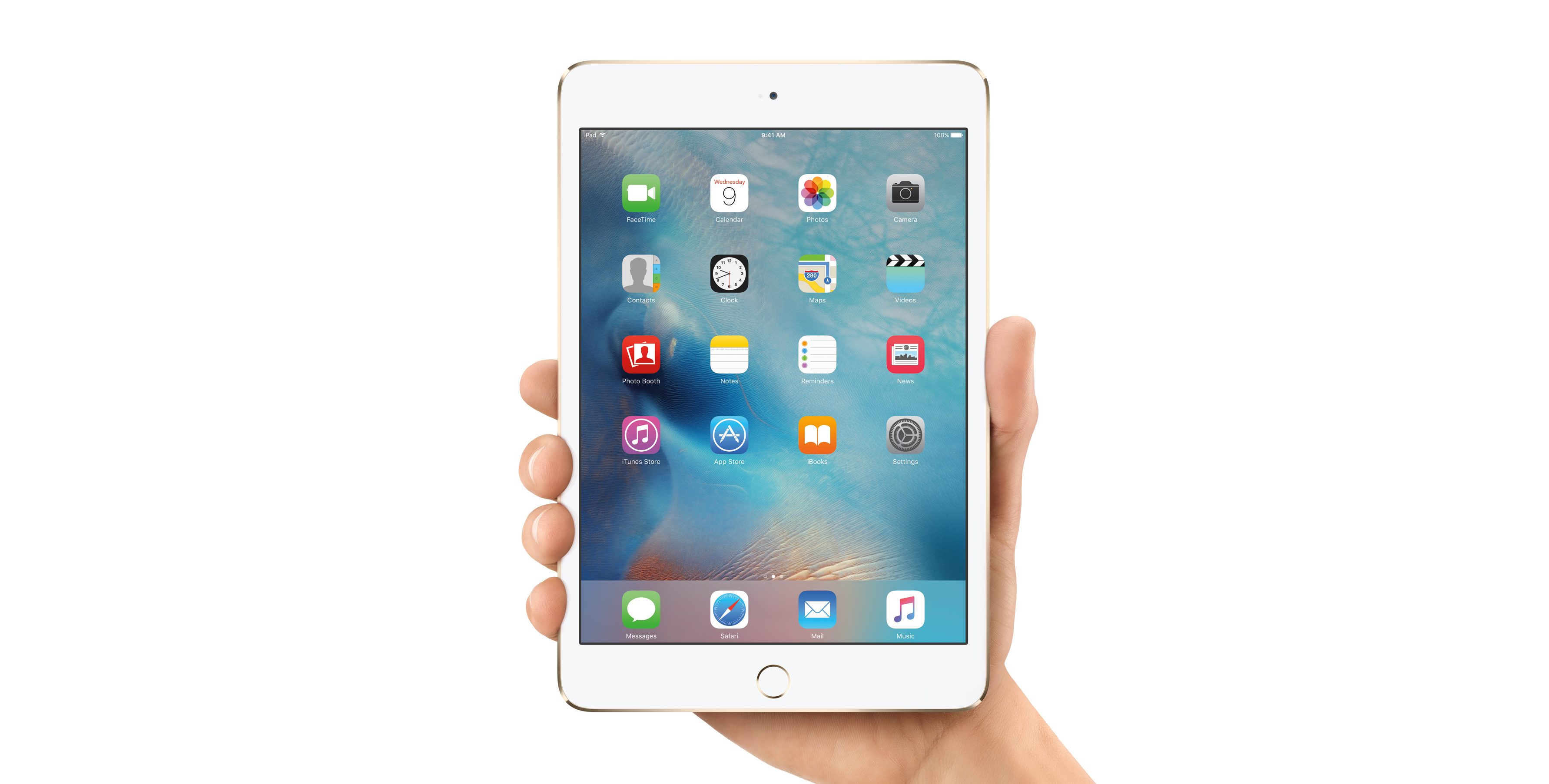 Apple iPad Mini 4 vs iPad Mini 3 head-to-head
Apple iPad Mini 4 vs iPad Mini 3 head-to-headVs Apple's smallest tablet finally gets a proper update
By Dale Walker
-
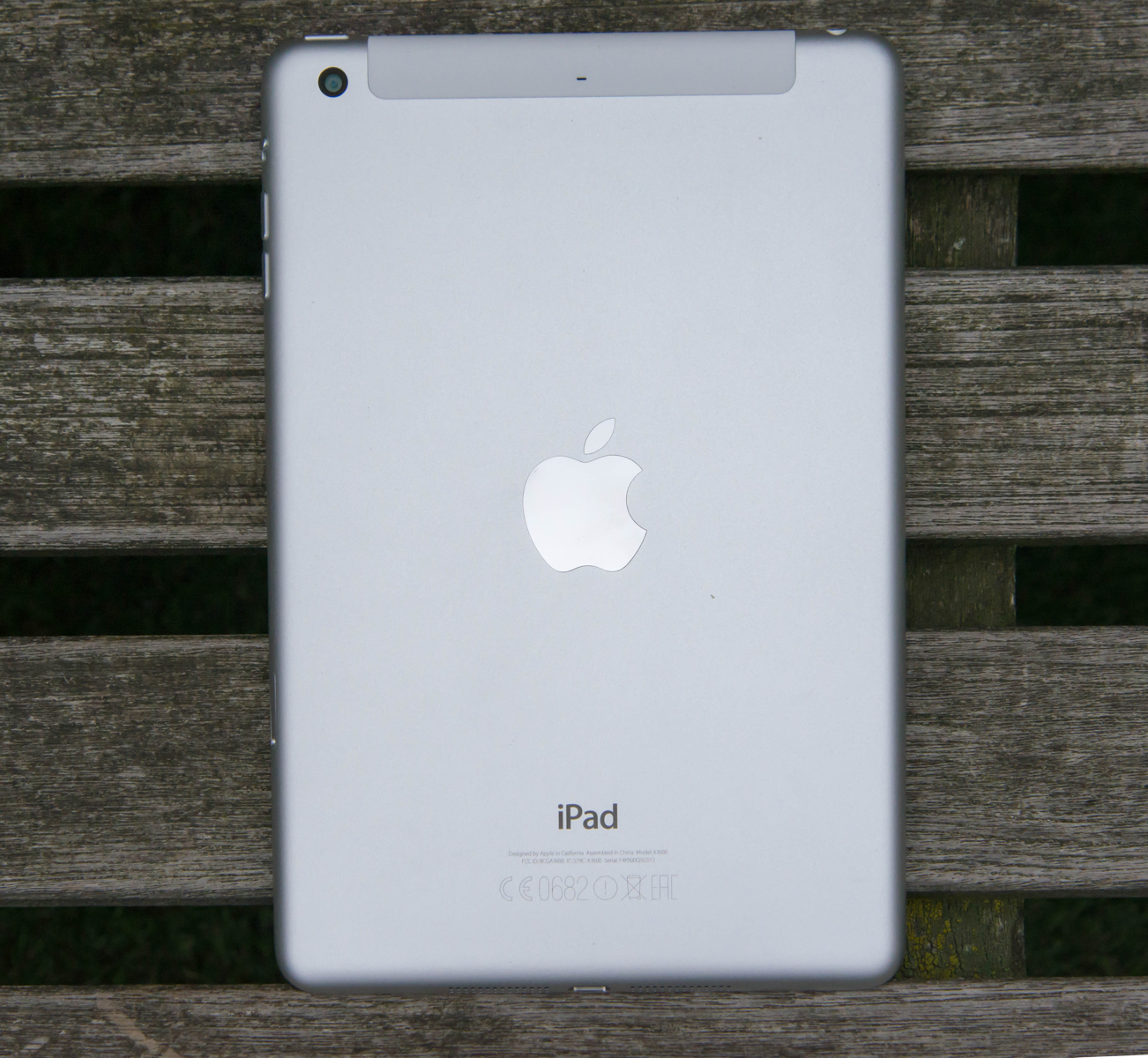 Apple iPad Mini 3 review
Apple iPad Mini 3 reviewReviews A sleek, light and fast 8in tablet with a heavy sense of deja vu
By Alan Lu
-
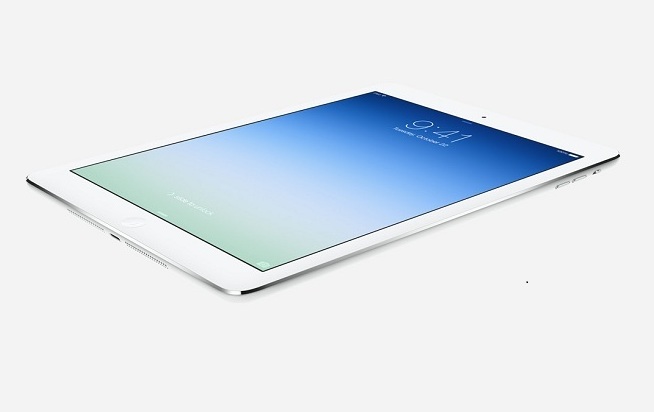 iPad Air 2 tipped to receive 2GB RAM boost
iPad Air 2 tipped to receive 2GB RAM boostNews Apple will be adding to the RAM of its next-generation 9.7-inch iPad, increasing it to 2GB in line with various Android devices
By Caroline Preece
-
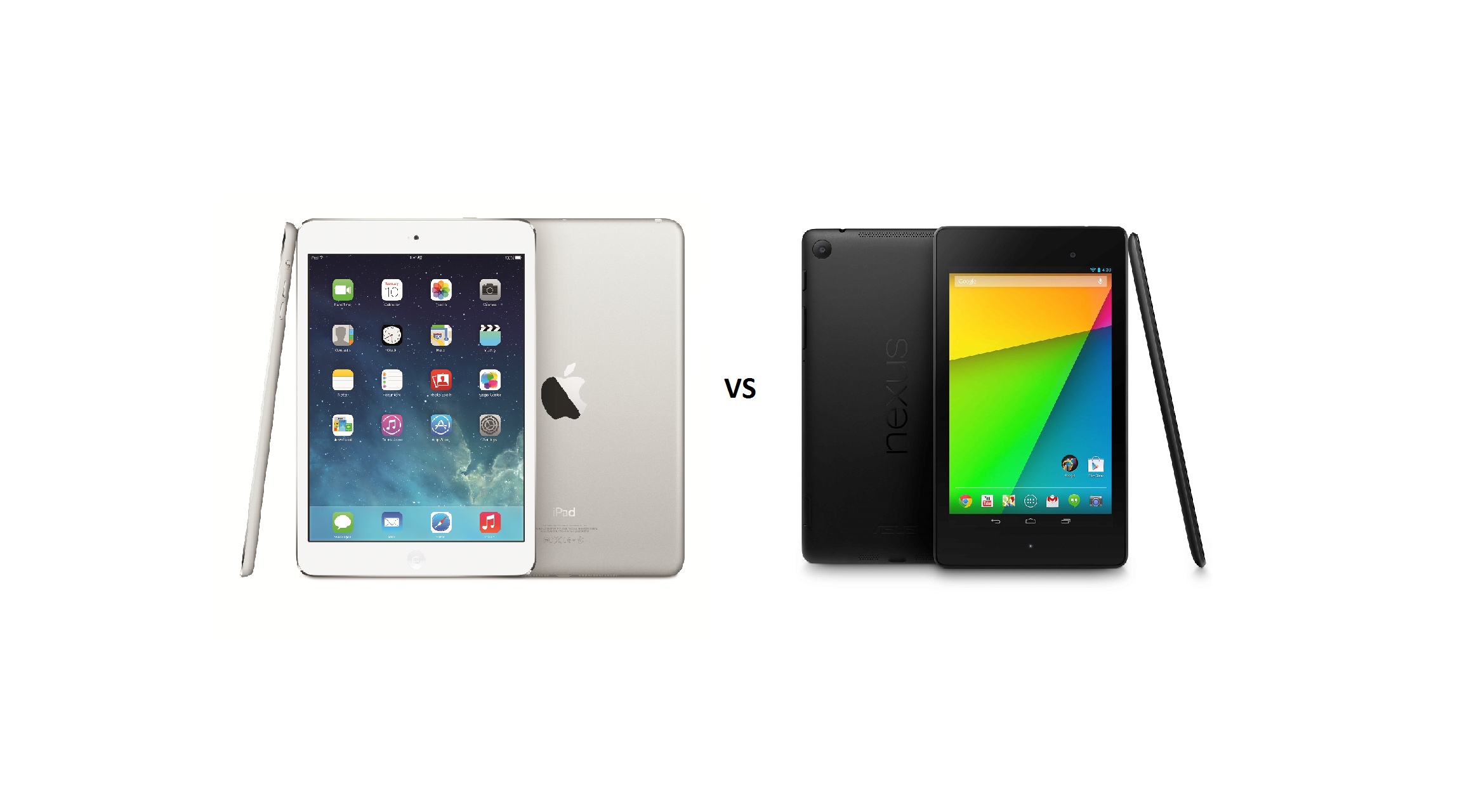 iPad mini 2 vs Nexus 7 (2013): Specs & price comparison
iPad mini 2 vs Nexus 7 (2013): Specs & price comparisonVs Does the Retina Display on the Mini 2 outshine the 7in Nexus?
By Khidr Suleman
-
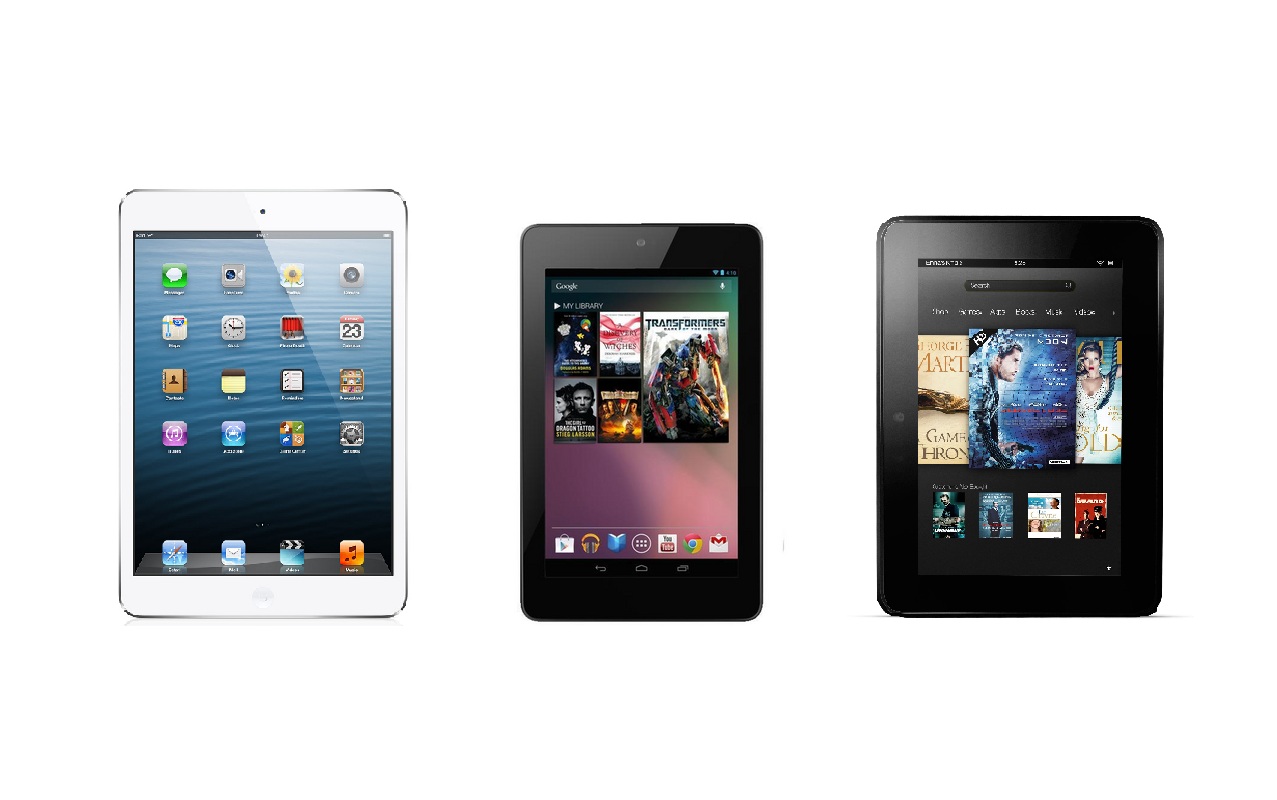 Apple iPad mini vs Google Nexus 7 vs Amazon Kindle Fire HD: Specifications infographic
Apple iPad mini vs Google Nexus 7 vs Amazon Kindle Fire HD: Specifications infographicNews Infographic pitting the key specs of the hotly anticipated tablets against each other.
By Khidr Suleman
-
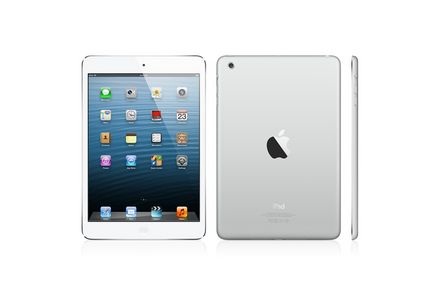 The iPad that's everything except a phone
The iPad that's everything except a phoneIn-depth Inside the Enterprise: Apple's iPad mini could be ideal for business, if it could make calls.
By Stephen Pritchard